BACK TO


Description
Goat Willow is a deciduous shrub or small tree, with a rough fissured bark, up to 10 m high. It branches from the base to form an open, rounded crown. A willow which often grows well away from water, in oak-ash woods and hedgerows on neutral and lime-rich soils
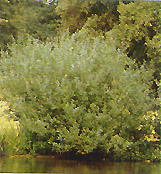
Leaves
The leaves are oval, alternate and up to 12 cm long. They are approximately 1.5-2 times as long as broad, dull green and thinly hairy above but densely white-hairy below. They have a prominent network of veins and an undulate, bluntly toothed margin. The leaf-stalks are 8-25 mm long, with a pair of small, ear-shaped, leaf-like stipules where they join the stem, though these soon fall off.. The leaves are eaten by the caterpillars of Common Quaker, Sallow Kitten and Puss Moths.
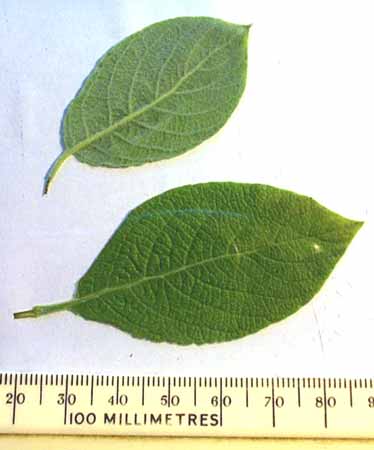
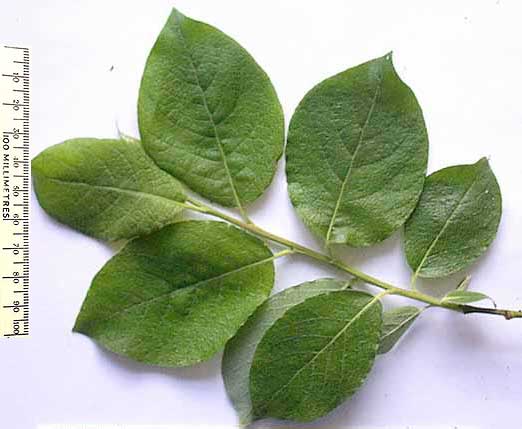
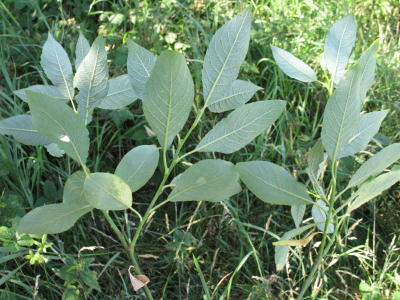
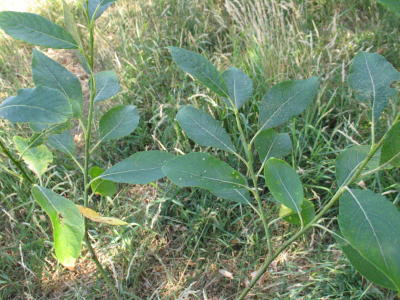
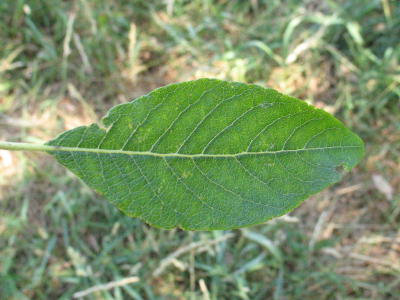
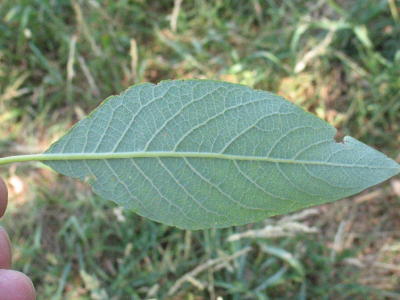
Flowers
Male and female flowers are in catkins which appear before the leaves on separate trees (dioecious) in March or April. The catkins are 2-3 cm long and are erect on the stem. The oval male catkins are densely hairy with blackish scales and a mass of bright yellow anthers. The male catkins are full of nectar and pollen, which provides food for early bees.The female catkins are longer, greener and more slender.
The stems below the bark on young twigs are marked by vertical lines (striae).
Wildlife
The leaves are eaten by the caterpillars of Common Quaker, Sallow Kitten and Puss Moths.